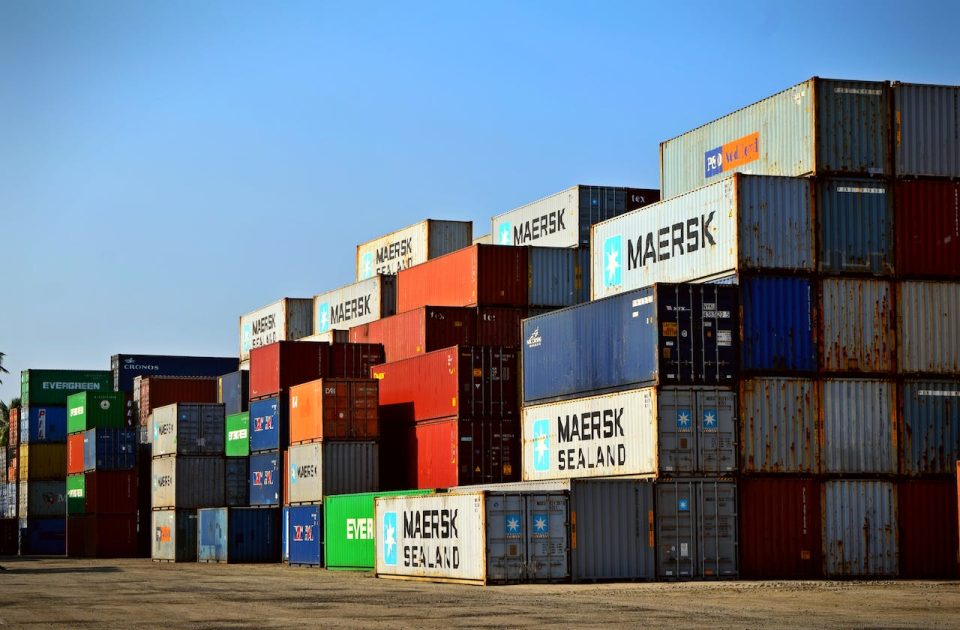Global logistics difficulties have reached their lowest point in more than a quarter-century, as revealed by the Federal Reserve Bank of New York’s Global Supply Chain Pressure Index. The index plummeted to an unprecedented minus 1.74 in October, signaling a remarkable reduction in transportation costs. This development, driven by a combination of factors, is poised to transform the landscape of international commerce and global economic dynamics.
The Global Supply Chain Pressure Index, a meticulously constructed gauge, takes into account a comprehensive set of 27 variables. These variables encompass the expenses associated with transportation modes such as rail, truck, sea, and air, as well as the manufacturing data of various countries and regions worldwide. Additionally, the index integrates data from the Purchasing Manager’s Index (PMI) surveys, providing a holistic view of supply chain performance.
The pandemic’s tumultuous influence on global transportation costs has been manifest in various metrics. The Baltic Dry Index, Harpex gauge, and air-freight costs have all oscillated between record highs and lows since the onset of the global health crisis. This volatility underscores the high degree of uncertainty and economic turbulence caused by the pandemic.
The noteworthy decline in the Global Supply Chain Pressure Index indicates that transportation costs have remained consistently low, while logistics challenges have been steadily decreasing. This bodes well for countries around the world, as they are poised to experience substantial improvements in the efficiency of their supply chains, manufacturing operations, and overall productivity. The impact of these findings is expected to resonate across international markets, businesses, and the global economy.
Businesses, in particular, stand to gain from the substantially reduced transportation costs, which can significantly bolster their bottom lines. With more predictable logistics and supply chain performance, companies can better plan and optimize their operations, potentially leading to enhanced competitiveness and profitability. Governments and industries will also benefit from the newfound predictability in supply chain dynamics, allowing them to make more informed decisions and allocate resources more efficiently.
While the current trajectory of the Global Supply Chain Pressure Index is promising, the question remains whether this trend will persist. The ongoing dynamics of the pandemic, coupled with other global factors, could influence the index’s future movements. Nevertheless, the index’s findings provide a clear illustration of the unprecedented reduction in global logistics difficulties and costs caused by the pandemic, offering a glimmer of hope for the global economy.
In conclusion, the Federal Reserve Bank of New York’s Global Supply Chain Pressure Index is a testament to the resilience of supply chains in the face of adversity. As transportation costs continue to decline and logistics challenges recede, businesses, governments, and industries alike have an opportunity to rebuild and adapt, fostering a more stable and prosperous global economic landscape. The findings of this index serve as a guiding light, offering optimism and the promise of brighter days ahead in the realm of global logistics.
Source: Bloomberg

